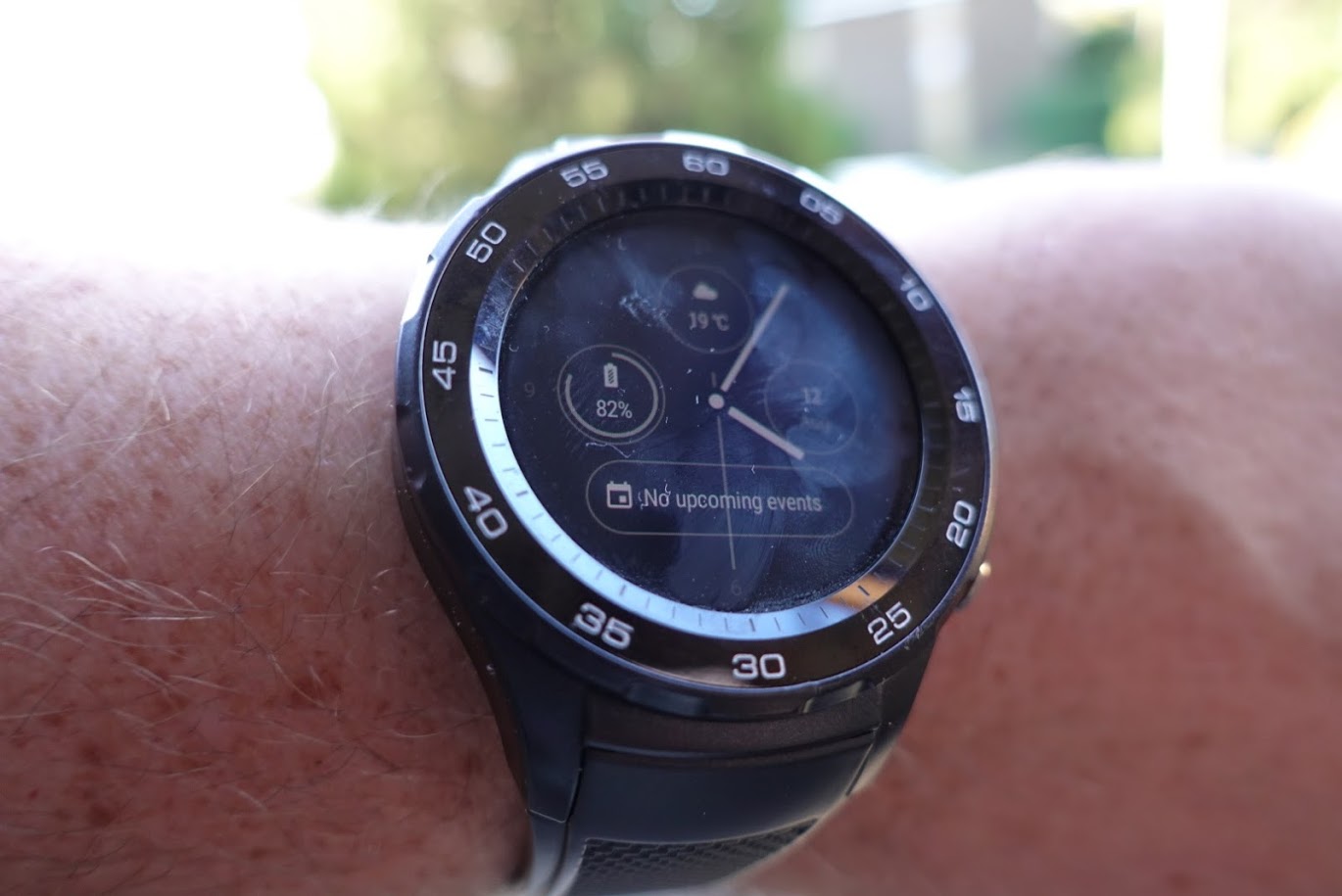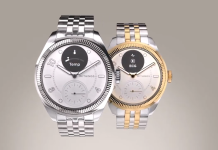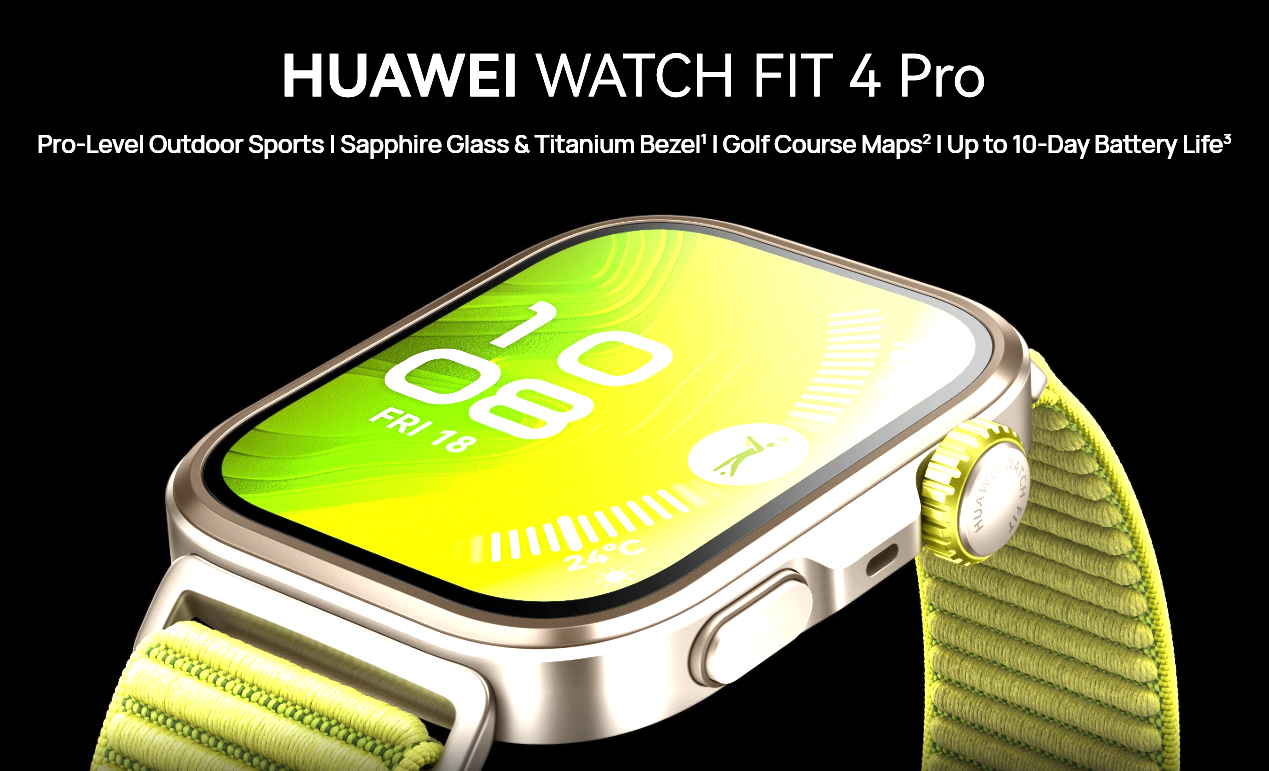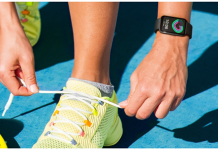As much as Fossil’s Q Explorist HR 4 was the best smartwatch I’ve used so far, it’s still not good enough that I’d actually go buy one. In fact, I wouldn’t go buy any smartwatch today … because they’re all crap.
What happened?
Android Wear had the lead over Apple’s early Watch, and it looked so promising. So many manufacturers making hardware. Software innovating rapidly. Support from chipmaker Qualcomm bringing a dedicated wearable processor to the market. In short, the future of wearables looked great … a couple of years ago.
Then lots of things went wrong. Android Wear 2.0 introduced some changes in UI which made the platform counter-intuitive. Swiping left and right on the watchface to change watchfaces (something you’d not frequently do) seemed like such an idiotic move. The UI was slower than what it replaced, and though the demands on hardware increased, hardware didn’t improve. In fact, in real terms, it went backwards. Very quickly, Android Wear (and then Wear OS) became a bit of a joke, at the same time as Apple’s Watch iterated fairly rapidly, with new hardware, interface and more.
In 2018, I wouldn’t recommend anyone buy a smartwatch powered by Wear OS. If you’ve got an iPhone, go buy an Apple Watch. It’s the best wearable around. If you’re on Android, consider a Galaxy Watch (or Galaxy Gear Sport / Gear S3) … but only if you must. For everyone else, my advice is to wait and see.
Why?
Though Snapdragon Wear 3100 has been announced, it’ll be a while before its available in most smartwatches. The only smartwatches you can buy today are (with one exception) running on outdated hardware where the experience can only be described as sub-par. I’m not spending hundreds of dollars of my own money on something with grossly outdated tech .. especially where it’s just going to frustrate me no end.
Even with a new chipset, without changes to Wear OS itself, Android smartwatches will be a faster-but-still-poor experience. That part Qualcomm can’t fix; that’s up to Google, and with the glacial pace at which Wear OS gets attention, it’s hard to see that the platform will be redeemed overnight. Even fixing the UI isn’t enough. It needs significant optimisation, and parts of it need to be re-thought completely.
While Google and manufacturers could potentially get their collective acts together and produce a great watch, it will still struggle to offer us the full range of features that Apple users take for granted.
An Apple Watch user can take their LTE-enabled smartwatch to any major carrier and sign up for a second service which will share their primary mobile number to their watch. I’ve used this, and it’s damned cool. Being able to leave your watch at home, and make and receive calls on your watch (without people having to remember a 2nd number) is what a wearable should let you do in 2018, and with Apple, you can.
In Australia, no other manufacturer offers you this service. Samsung’s Galaxy Watch – which can be configured with LTE – only supports Telstra, so if you’re a Vodafone or Optus customer, you’re out of luck. The worst bit? This is Samsung, the company that can knock off (or arguably, has) Apple from its perch. If the largest personal tech company can’t manage to get its products available through our three major carriers, what hope does any other manufacturer have?
Will Fossil release an LTE-powered smartwatch that’ll work on your carrier? I doubt it. Will Huawei, LG, or Mobvoi? Not a chance. If Samsung can’t (or won’t), then there’s absolutely no chance anyone else will.
In short, one of the best features available on a wearable – besides fitness tracking – is almost certainly to be denied to Android wearable users for the forseeable future. This is profoundly disappointing, and ultimately, shit for the consumer.
What could be done to fix this mess?
Here’s a list of things that I think need to happen to make Android-powered wearables not suck as much as they do today. Some of it wouldn’t be hard. Some of it probably won’t ever happen. So here goes:
- Google needs to fix Wear OS. Make it work on commodity hardware instead of being a bloated, demanding mess.
- Besides optimising their code to run on both good and cheap processors, Google needs to fix the Wear OS user experience. Fix the inconsistent gestures. Make voice recognition speedy and functional. Build some stuff into the platform to standardise things .. which leads to my next point.
- Google needs to come up with a Wear OS-standard way of incorporating eSIM into wearables, and come up with a standard, manufacturer-agnostic way of provisioning an eSIM. Individual manufacturers (that aren’t Apple) have proven that, thus far, they’re incapable of doing it. If Google did it as part of WearOS and negotiated standard processes with carriers, all manufacturers would benefit. Apple did it. Google could (and should) too.
- Wearable manufacturers need to get into their design departments and tell them one thing – a smart watch doesn’t necessarily have to look like a treasured timepiece of old. In fact, some of the most usable, user friendly devices look nothing like a traditional timepiece. Scoff at Apple’s design all you like, but that thing is SUPER easy to use, and dare I say it, stylish.
As a market segment, Android-powered wearables are a shambles at the moment. It shouldn’t be up to just one brand to fix this mess, though Google is arguably in a position to fix much of it. Once they do, though, wearable makers are going to have to get serious about making quality, powerful, usable product.
There is some light at the end of the tunnel; updates to the Wear OS platform promise to fix much of the horrid user interface, and will drag the platform into 2018 in terms of functionality. Though we’ve not seen it on any actual watches yet, the announced features and changes to the Wear OS UI are at least promising.
What’s less promising is the new hardware and lack of cohesive effort in bringing new features to the platform. Qualcomm’s Snapdragon Wear 3100 processor is more power efficient (we’re told) but not significantly more capable than what we’ve already got. Equally, absent a major push from Google, it seems that the LTE-connected Wear OS device will remain an edge case, and it won’t work very well.
No, if Android-powered wearables are to succeed, we need great product. Equally, we in the media need to hold manufacturers to account; if we see a product that couldn’t be described as excellent, we need to be very clear in identifying it.
A lot of current smartwatches are not excellent. Many are far, far from it. Some are just OK, but we need better than just OK; just OK isn’t good enough.
What do you think? Are the current crop of smartwatches good enough? What can be done to fix them?




